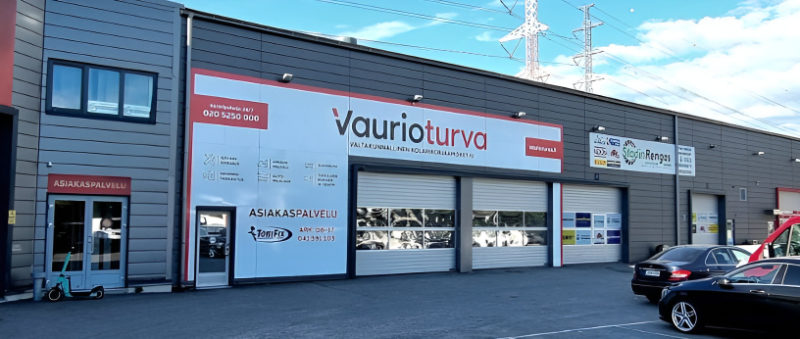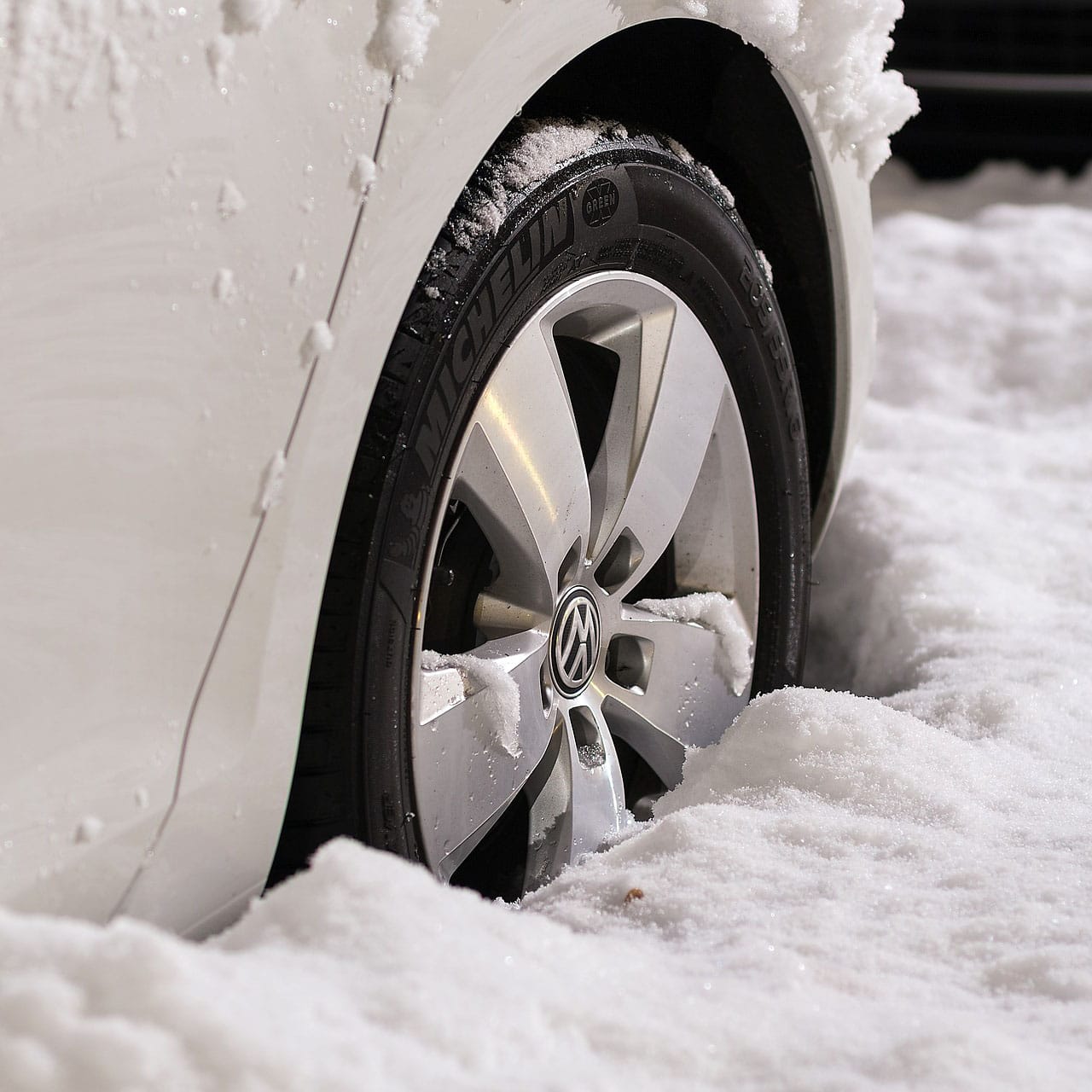How to Choose Right Tires for the Finnish Weather
Car tires are a big safety factor and new tires are expected to be reliable, whether it be summer or winter tires.
Winter tires
When switching to winter tires, the first choice is between studded and non-studded tires.
Studded tires are a traditional and safe choice. On icy road the grip of the studded tires is much better than non-studded tires. If you drive a lot in winter regardless of the weather, studded tire is a more reliable choice.
Studded tires wear off the road surface and the particles released from the road spread to the environment and waterways. The good part here is that the road roughened by studs has better grip and the studs also crush the ice formed on the road. According to studies in Finland and Norway, it would be beneficial balance between environmental well-being and traffic safety to have 25-50% of cars with studded tires and the rest with non-studded.
Non-studded winter tires work well on snowy roads and if your driving style is controlled and calm and you have plenty of winter driving experience. They give you more flexibility in timing when changing your summer and winter tires. You can change your winter tires well in advance before the winter hits and in spring you can wait last cold nights to pass.
If you are driving outside Finland, it is good to remember that non-studded tires designed for the Finnish winter differ from those designed for the conditions in Central Europe, and the braking distance of non-studded tires from Central Europe can be double on Finnish roads.
Non-studded tires may tempt you to use the same tires all year round, but they are not designed to meet the requirements of summer tires. Winter tires are a softer material than summer tires and this increases their rolling resistance and the softer material wear faster on dry asphalt. Also driving on the same tires all year round increases the risk of driving with worn tires if they are not checked from time to time.
Summer tires
The material of summer tires is designed to provide traction and control in warmer than 7 degree (Celsius) temperatures, on both dry and wet roads. The tread pattern is more simple than on winter tires and is designed for wet grip performance. More moderate grooving also provides greater road contact, which shortens braking distance on dry roads.
In the summer, however, you should still be prepared for slipping. On wet road the tire selection and tire condition are weighed. It is almost impossible to control the car when aquaplaning happens.
Aquaplaning is the worst case scenario in summer, but wet conditions alone significantly increases the braking distance. When choosing summer tires, pay attention to the wet grip rating of the EU Tire Label, where A is the best grip and G is the weakest grip.
The weight of the car also affects the stopping distance, so if you are driving a SUV, or a hybrid or an electric car with heavy batteries, you should pay special attention to tire selection.
Fuel costs
Low rolling resistance tires reduce the power required by the car’s engine, thus affecting fuel costs and battery life. Low rolling resistance tires can reduce fuel consumption by up to ten percent. The downside is that they may cost more and have lower groove depth and shorter lifetime.
Be sure to check the air pressure regularly as low air pressure increases the rolling resistance.
Driving comfort
The driving comfort of cars today is on a very different level to that of the last millennium. Choosing the right tire will add to this. The two most important factors are tire material and tread depth. For normal urban driving, you get better driving feel and lower tire sound with softer deep-profile tires. At higher speeds the stiffer low profile tire works better. It is also worth considering the car manufacturer’s recommended dimensions for tire width and diameter.
When to change winter tires in Finland?
In Finland the law says you have to use winter tires from December to late February. Studded tires are allowed from November to end of March. Studded tires can also be used if the weather conditions require it. You can start using studded tires as soon as the air temperature drops under zero degrees Celsius and it is possible that road surfaces will freeze. In southern Finland, this time is usually in September or October.




